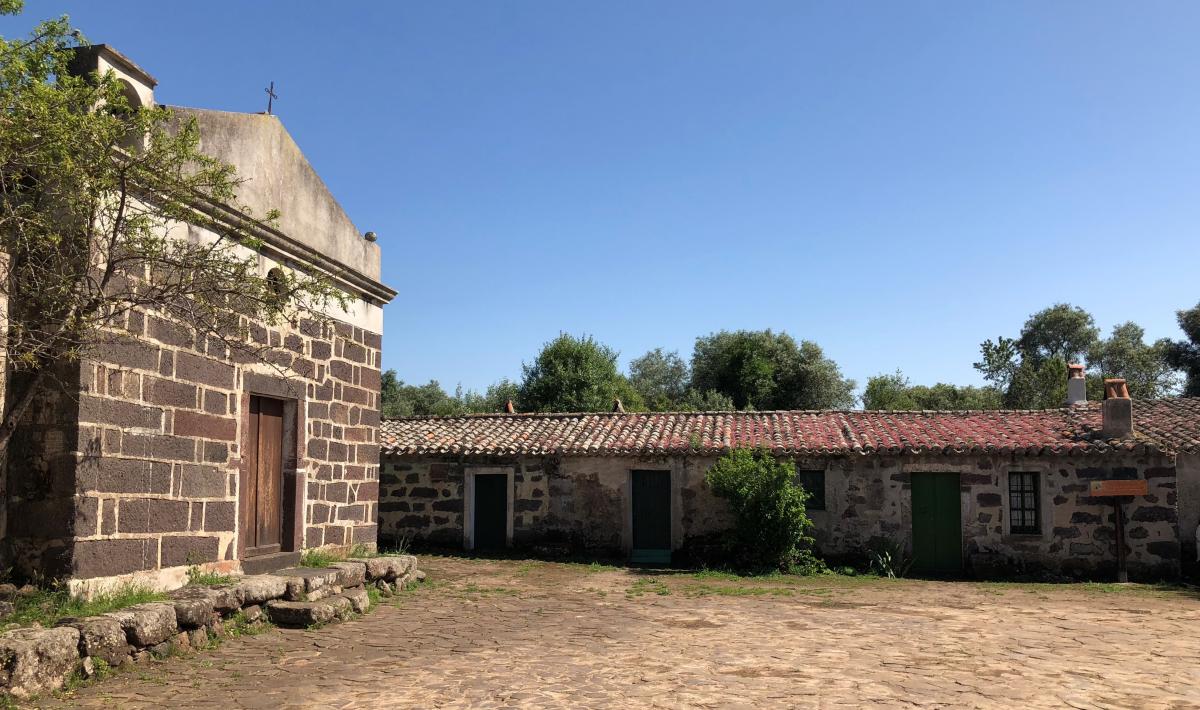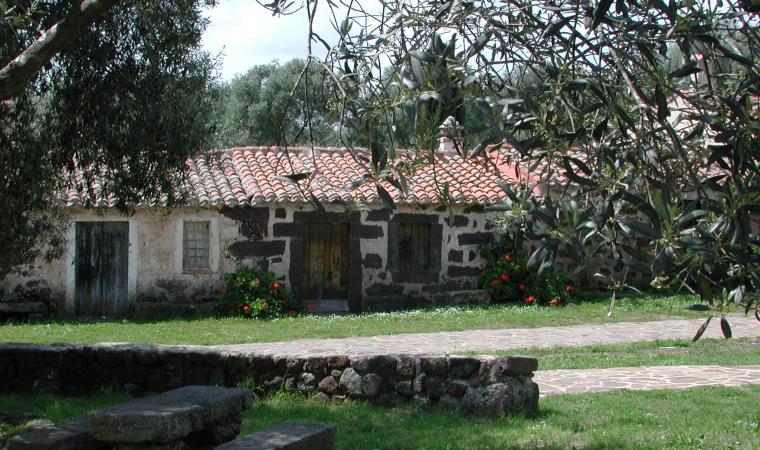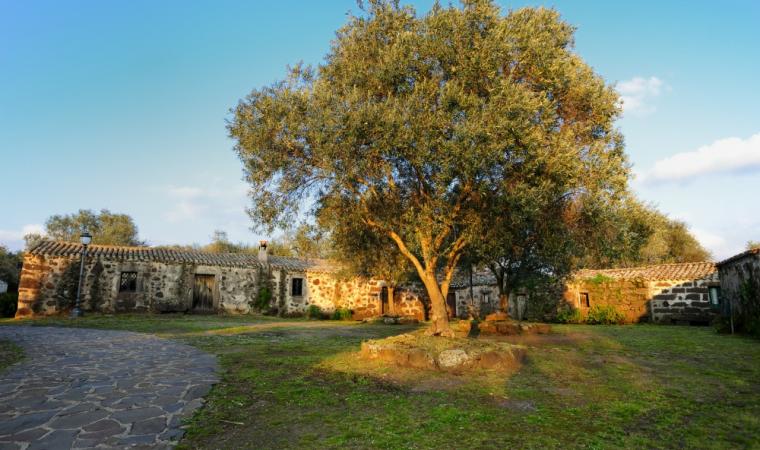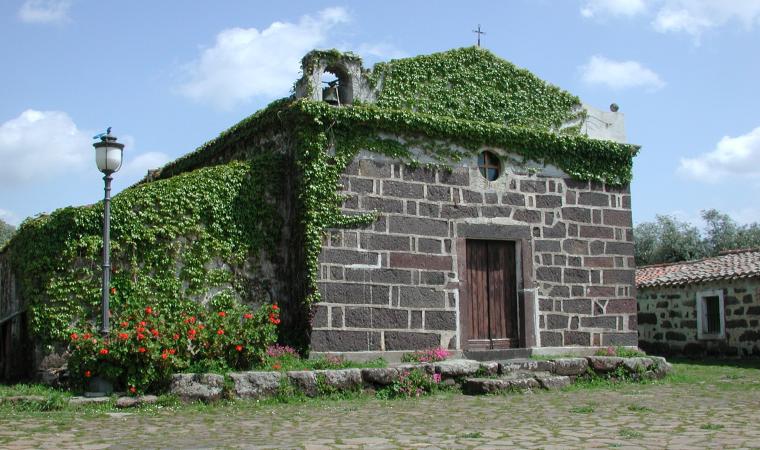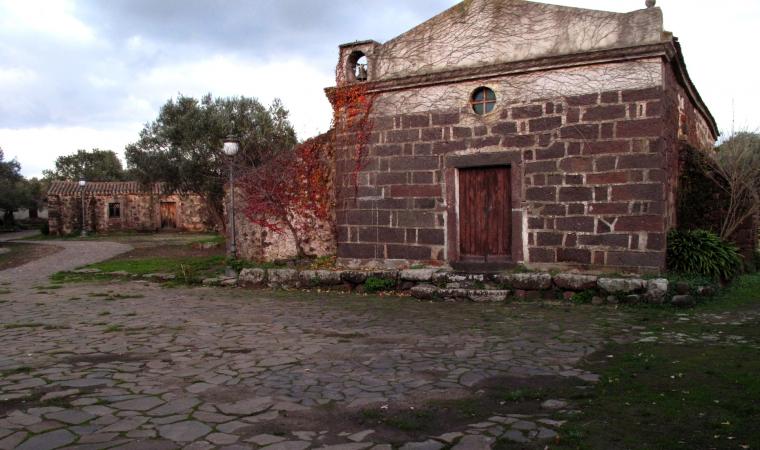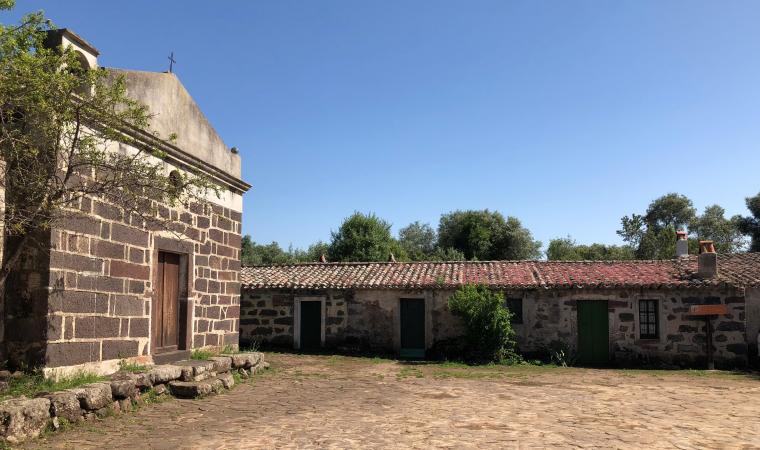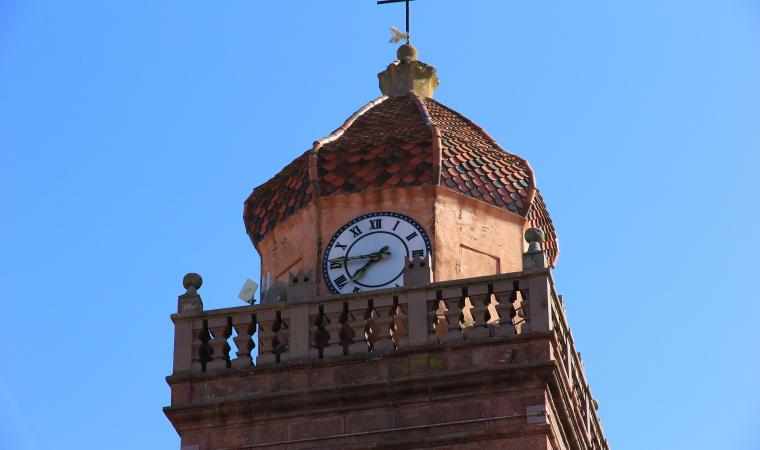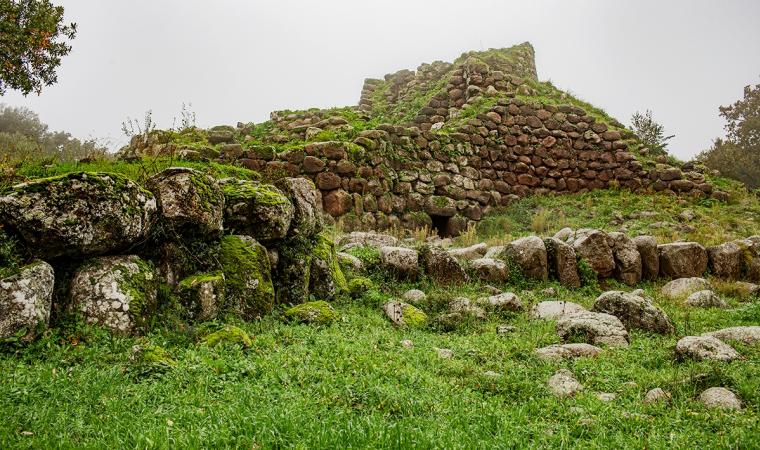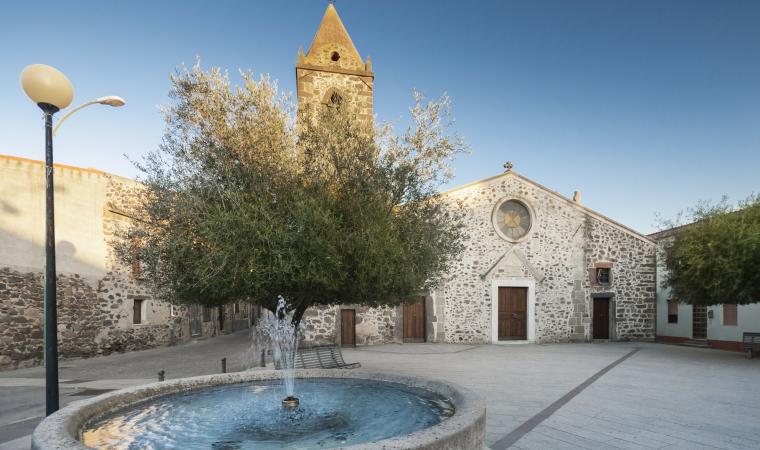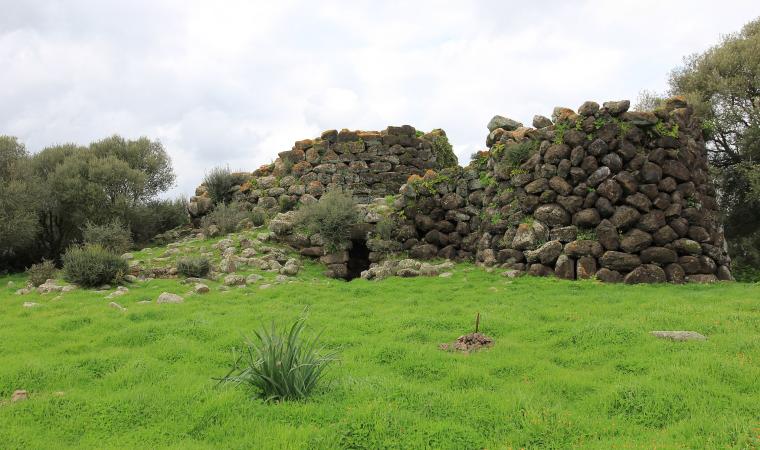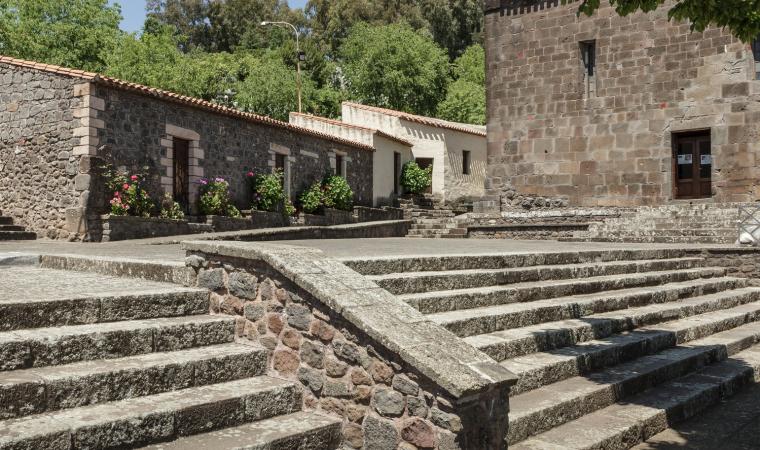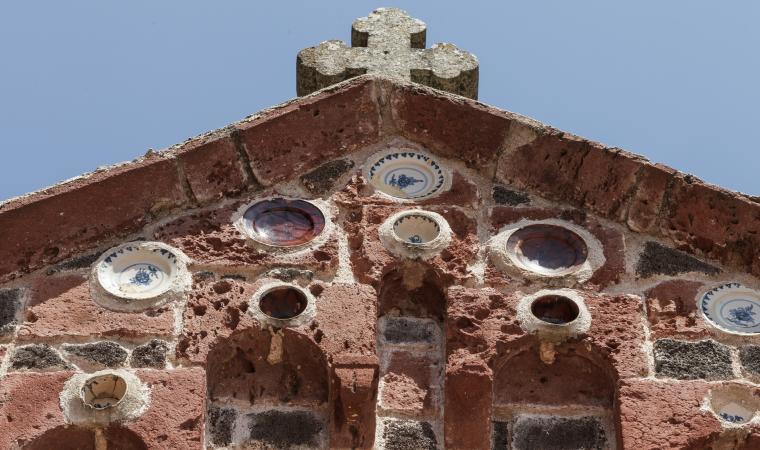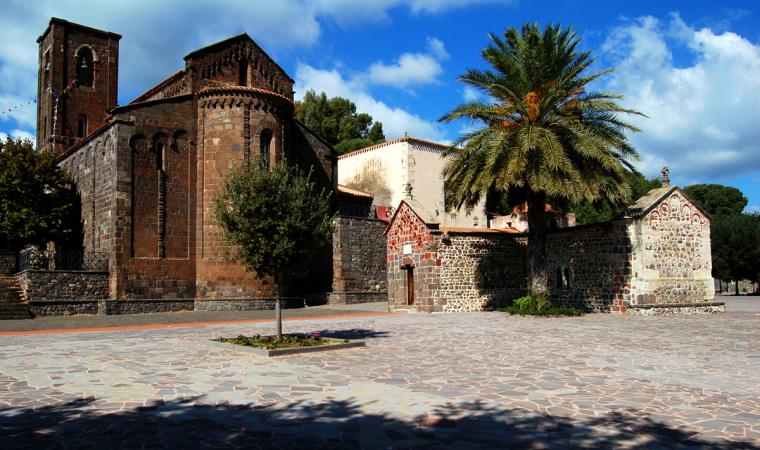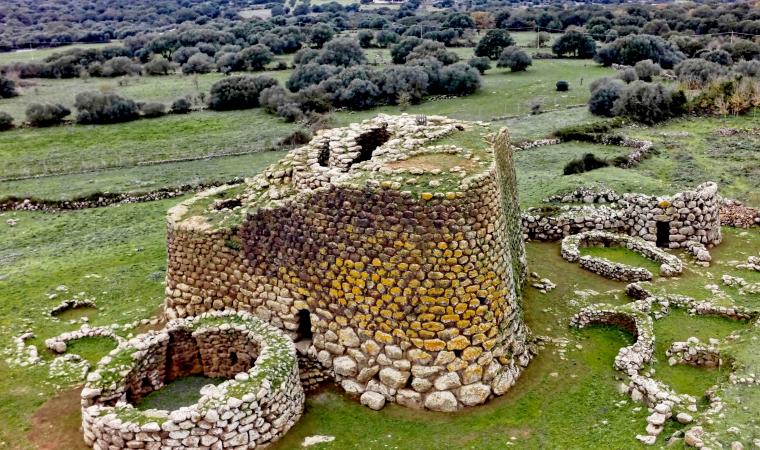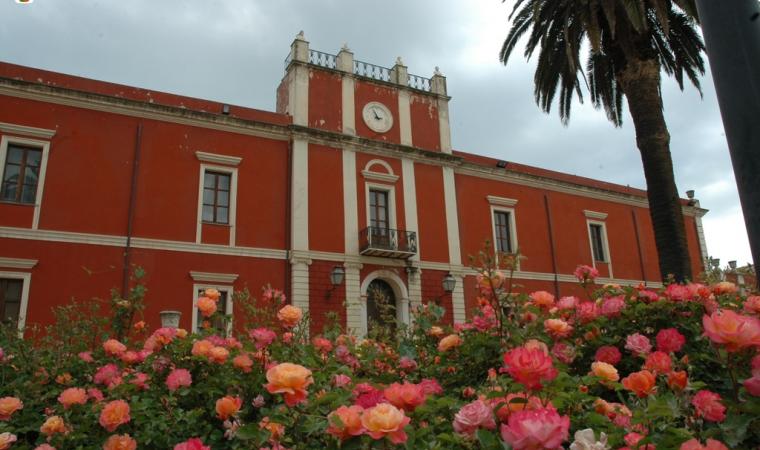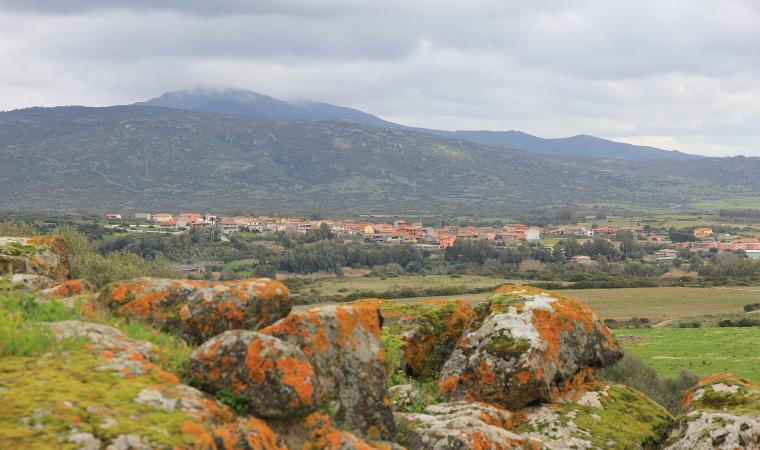A village in the centre of Sardinia comes alive as worshippers fill it twice a year, in May and October, while during the rest of the year it brings an atmosphere of mysticism and sacredness to a place that is, in itself, magical, where the rituals of the cult of the water were celebrated for thousands of years. The church of Santa Cristina and its picturesque novenario, made up of 36 muristenes (dwellings for pilgrims), are located inside the Archaeological Nature Park of Santa Cristina, in the Paulilatino territory, four kilometres from its residential area. The charm emanating from the sanctuary lies in the union between the evidence of Nuragic, medieval and modern times, in a place that has remained an area of worship and devotion for thousands of years.

